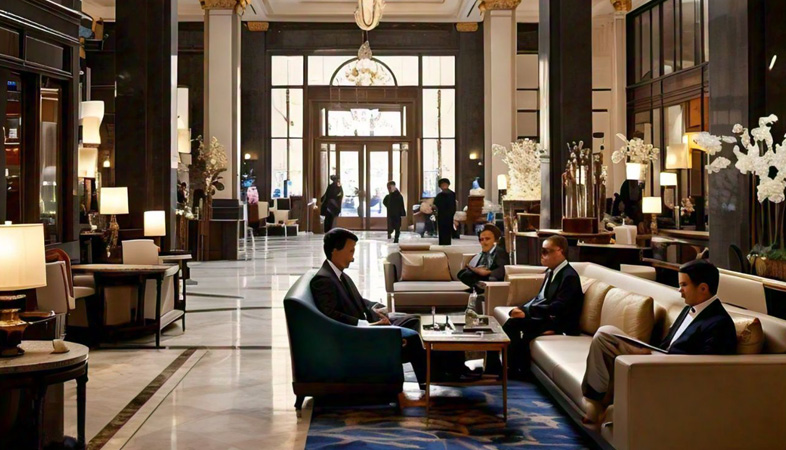SHARE
Commercials
More Posts
Jun 22, 2025
Customized Cupcakes: A New Avenue for Bakers
Jul 05, 2025
Chicken Satay - By Chef R. Vijayan
Jun 22, 2025
Customized Cupcakes: A New Avenue for Bakers
Jul 05, 2025
.png)




























